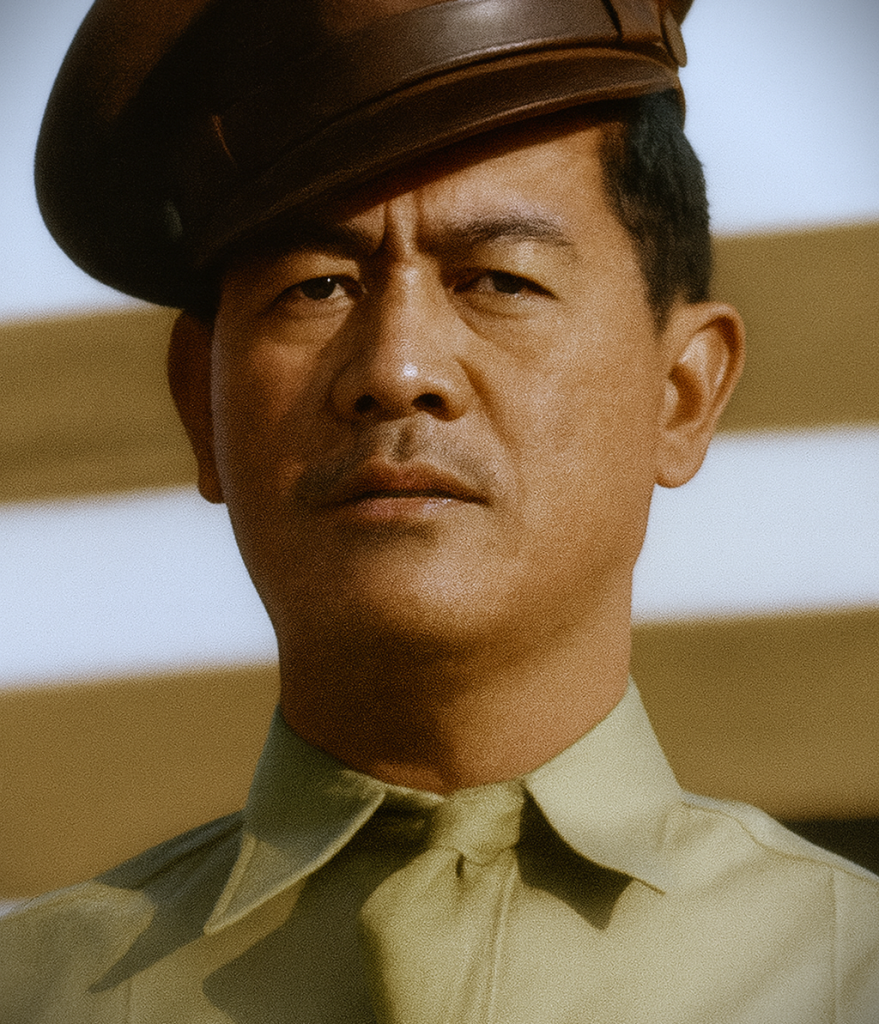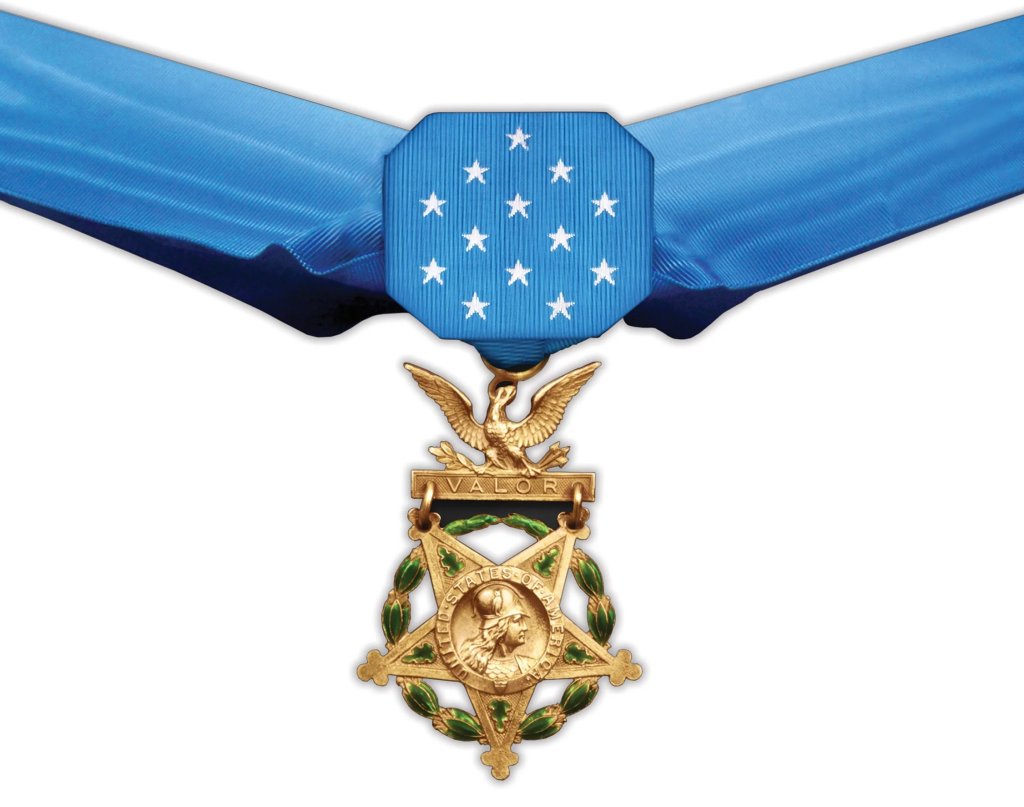Mikio Hasemoto: The Warrior Who Fought Until His Last Breath
Hasemoto’s platoon was pinned down by relentless enemy fire from three German machine-gun nests. The ground shook under the hail of bullets; every second meant more lives lost.
September 25, 2025

 Mikio Hasemoto
Mikio Hasemoto
November 29, 1943. The steep, rocky hills near San Pietro, Italy, erupted with the deafening rattle of German machine guns. The air was thick with smoke and lead as a storm of bullets pinned down the men of the 100th Infantry Battalion. Survival seemed impossible—until one soldier rose. He was young, resolute, and utterly unwilling to yield. When his rifle was shattered in his hands, he seized another. When the enemy pressed closer, he stood firm. And by the time the battle quieted, dozens of enemy soldiers lay silent, their weapons destroyed—because one man refused to stop.
That man was Mikio Hasemoto.
Born on July 13, 1916, in Waialua, Oahu, to Japanese immigrant parents, Hasemoto’s early life was defined by the values of hard work, humility, and perseverance. Like so many Nisei—second-generation Japanese Americans—he lived between two identities, never fully belonging to one world or the other. The attack on Pearl Harbor in December 1941 changed everything. Japanese Americans were branded as “enemy aliens,” distrusted and denied the right to serve in the U.S. military. Families were uprooted and sent to internment camps. Yet Hasemoto never wavered in his loyalty. This was his country, and he was determined to prove it.
In March 1943, when the U.S. government finally allowed Japanese Americans to serve, Hasemoto answered the call. He enlisted in the 100th Infantry Battalion, the unit that would later become part of the legendary 442nd Regimental Combat Team. Their motto—Go for Broke—meant risking everything, no matter the cost. For Hasemoto, these were not mere words. They were a creed.
That creed was tested in the hills of Italy. On November 29, Hasemoto’s platoon was pinned down by relentless enemy fire from three German machine-gun nests. The ground shook under the hail of bullets; every second meant more lives lost. But Hasemoto refused to let his men die in place. Rising into the storm, he charged forward. Grenades and rifle fire tore into the enemy positions. He silenced one nest, then another.
In the chaos, his rifle was struck and shattered by enemy fire. Undaunted, he seized another weapon and pressed on. In a furious, unrelenting assault, he killed more than 30 German soldiers and destroyed all three machine-gun positions. His courage cracked the German line, allowing his comrades to surge forward. His actions saved countless lives in those desperate hours.
But destiny, as it so often does in war, was cruel. Just two days later, on December 1, 1943, Hasemoto’s story came to an end. Caught in a sudden enemy ambush, he was killed in action. He was only 27 years old. His family would never see him return to Hawaii, but his name would forever be etched into the story of the Nisei soldiers who gave everything for a nation that did not always trust them.
For his valor that day, Hasemoto was awarded the Distinguished Service Cross. Yet the true measure of his sacrifice was left unfulfilled. Decades later, as America reckoned with its history of prejudice and the overlooked heroism of minority soldiers, his story was reexamined. On June 21, 2000, at the White House, President Bill Clinton presented his family with the Medal of Honor—the highest military decoration of the United States. Long overdue, the medal was a recognition of what his actions had already declared: that Mikio Hasemoto’s courage was among the greatest in American history.
Hasemoto never lived to wear that medal. But he never needed to. His valor spoke louder than any award. On that hillside in Italy, he embodied the creed of the 100th Battalion and 442nd RCT: Go for Broke. He risked everything—not for glory, not for recognition, but so his comrades could live and fight on.
Mikio Hasemoto—hero, patriot, Medal of Honor recipient. His name endures as a testament to courage against impossible odds, a reminder that even in the darkest hours of war, one man’s will can change the fate of many.

